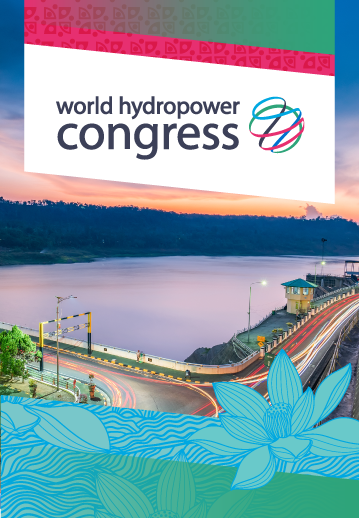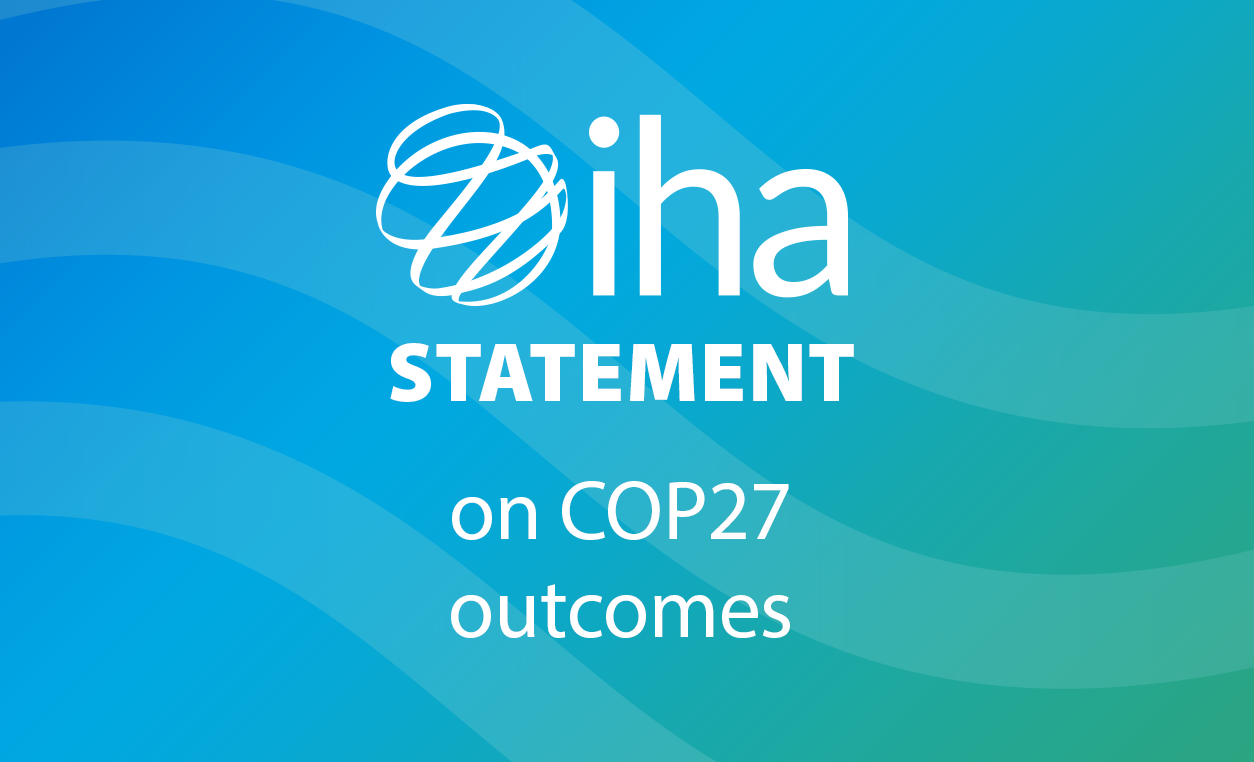Slow hydropower growth is a stark wake-up call to governments on climate
In a new report released today, The International Hydropower Association (IHA) has called on governments to accelerate the development of new hydropower capacity or risk missing global net zero targets.

The 2022 Hydropower Status Report found that 26 GW of new capacity was put into operation during 2021. This falls well short of the 45 GW that the International Energy Agency (IEA) says is required to meet net zero goals by 2050 and keep global temperature rises to 1.5°C. To keep temperature rises to 2°C would require 30 GW annually.
“The 2022 Hydropower Status Report is a stark wake-up call to governments around the world that we are falling short of the progress that is needed,” says IHA Chief Executive Eddie Rich.
“We can supercharge the progress firstly by accelerating the development of pumped storage hydropower around the world. Secondly, we need to look towards the immense untapped hydropower potential that exists in many regions of the world, particularly Asia and Africa. Finally, we need to make the most of our existing hydropower fleet by modernising it, as well as integrating hydropower facilities into non-power water infrastructure wherever suitable.
“We have the technology to achieve net zero and the knowledge to deliver it sustainably. All that’s needed is the political will to make it happen.”
Dr Ashok Khosla, Chair of the Hydropower Sustainability Council, said: “Our urgent need for more energy absolutely must be met with low-carbon sources, such wind, solar and hydropower. At the same time, this needs to be done with sensitivity to environmental and social concerns.
“The multi-stakeholder Hydropower Sustainability Standard is the internationally recognised benchmark for good practice and should be embedded in the policies of governments and practices of others to ensure that they can move quickly and sustainably to invest in more hydropower, to enable the transition away from fossil fuels.”
Erik Solheim, former Executive Director of the UN Environment Programme, said: “IHA’s Hydropower Status Report underlines the urgent need for more sustainable hydropower, to support a successful transition to fully renewable future energy systems. This can’t wait – governments need to heed this call to action, or we all face an uncertain and unstable energy future.”
The development of sustainable hydropower, with its ability to provide both flexible and reliable power, is needed to support the growth of other renewable sources such as wind and solar, and to avoid reverting to the use of fossil fuels, such as coal. Certifying these developments against the Standard will ensure that any new development is delivered responsibly and delivers net positive benefits to society and the environment.
Comparing development by country, the report shows that China leads the way with around 80% of the new global capacity in2021 being installed in the country. China is already the world leader for installed hydropower capacity with over 390 GW – more than three times the next largest country, Brazil.
Notable projects that came online during 2021 include the 824 MW Muskrat Falls Hydroelectric Generating Station, part of the Lower Churchill Project in Canada; the remaining 600 MW of capacity at Laos' 1,272 MW Nam Ou plant; Nepal’s 456 MW Upper Tamakoshi project; units 3 and 4 of Kameng Hydropower Station in India, adding 300 MW; and a 324 MW unit added at the Dnesiter pumped storage plant in Ukraine, raising the plant’s installed capacity to 1,296 MW.
IHA is hosting a free public webinar on Thursday 28 July at 11:00 UK time to provide further context to the report’s findings, alongside presentations from the IEA and REN21 (Renewable Energy Policy Network for the 21st Century). Find out more here.







.png)
.png)

